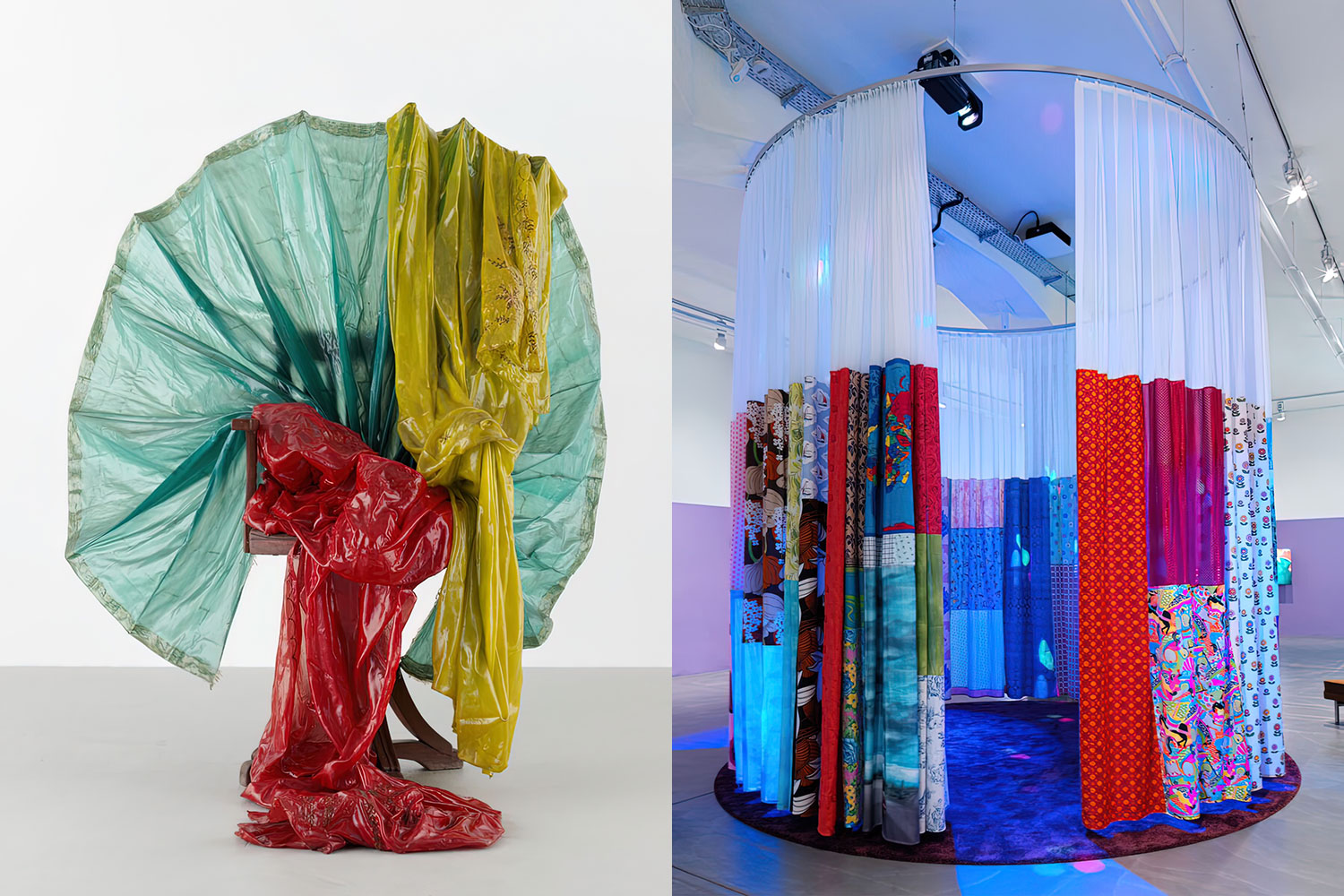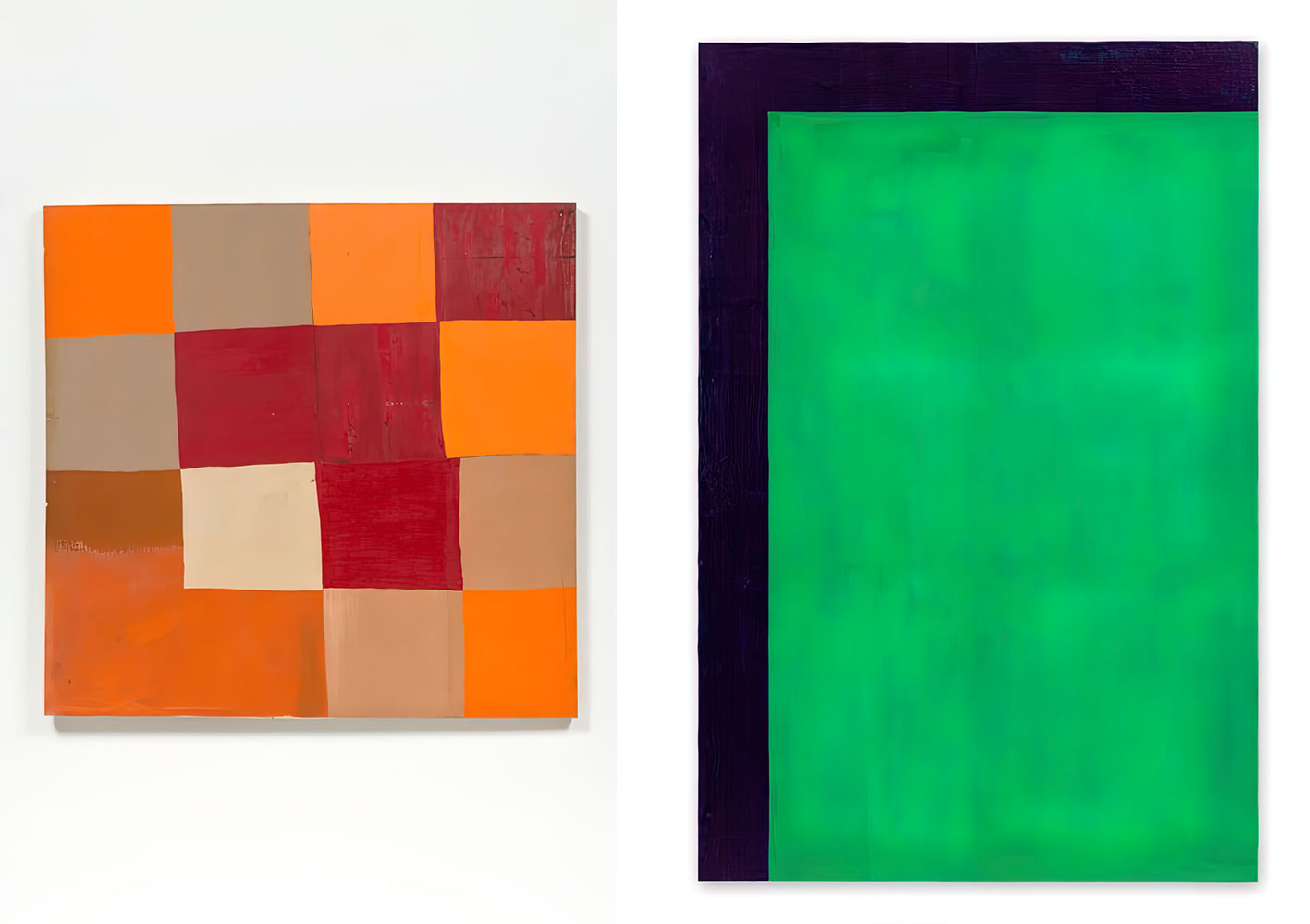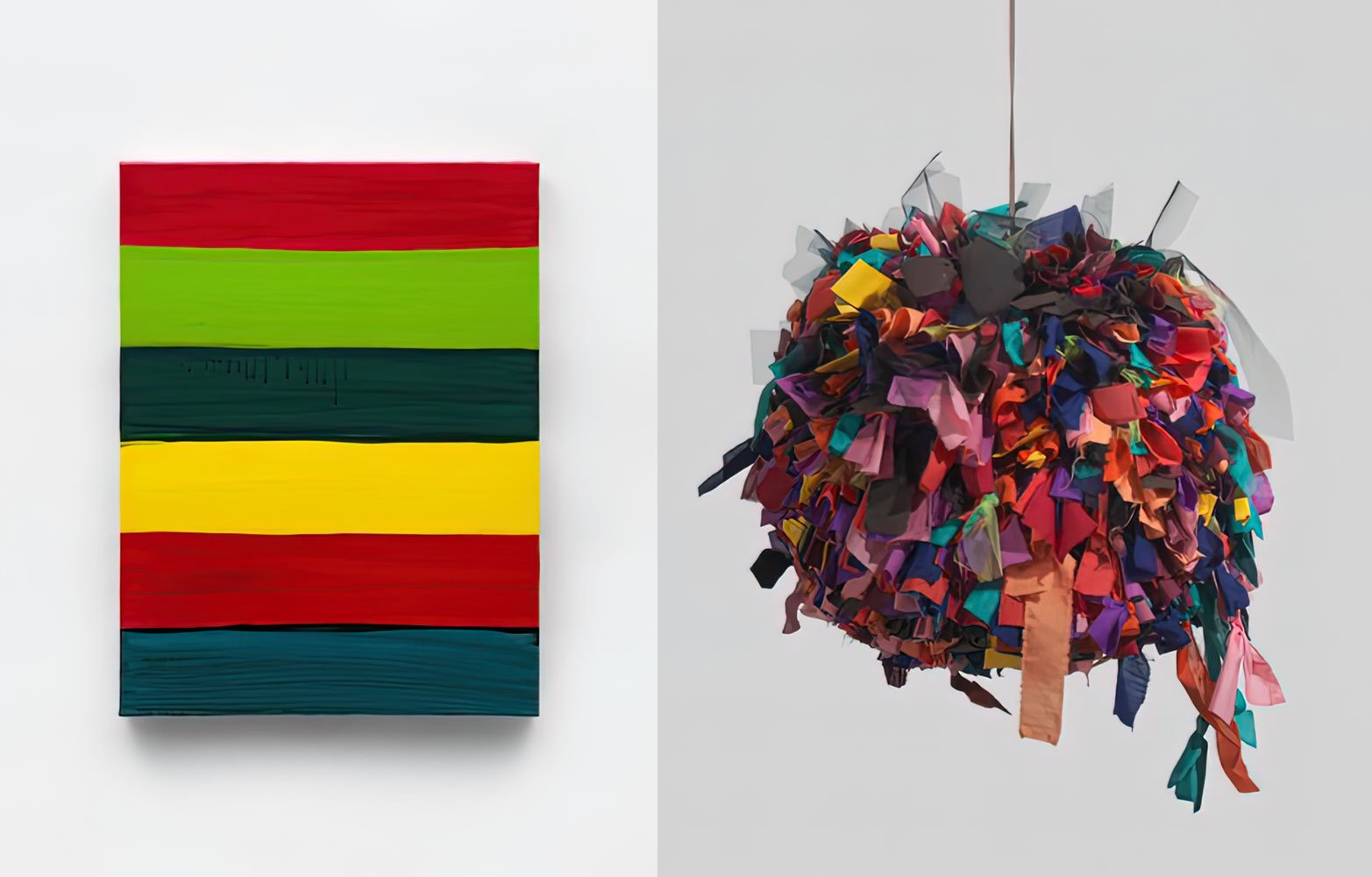PRESENTATION: Chromophilia
 The name Chromophilia is adapted from David Batchelor‘s book “Chromophobia”. This book is concerned with the fear of corruption or contamination through color (chromophobia) and its modern and contemporary manifestations, as well as with resistance to it in art. Color as an indicator of social mood, environment and culture, has significant commercial implications. Different color palettes can be attributed to different socio-cultural areas and fashions styles. Color trends are very recognizable and they fuse indelibly to areas, products and fashions.
The name Chromophilia is adapted from David Batchelor‘s book “Chromophobia”. This book is concerned with the fear of corruption or contamination through color (chromophobia) and its modern and contemporary manifestations, as well as with resistance to it in art. Color as an indicator of social mood, environment and culture, has significant commercial implications. Different color palettes can be attributed to different socio-cultural areas and fashions styles. Color trends are very recognizable and they fuse indelibly to areas, products and fashions.
By Efi Michalarou
Photo: Hauser & Wirth Gallery Archive
Color is not a simple subject. In the group exhibition “Chromophilia” meaning the love of color, the artists on view trace the complexity and possibility of color, emancipated to differing degrees from line and form, within their chosen medium either synthetic or found – from liquid paint to sewn fabric, from colored glass to LEDs, from neon to beads. Until the 20th Century, color in European, or Western, art was largely subordinated to line and form. The emancipation of color in modern art came with the advent of movements such as impressionism, pointillism, fauvism, or the aptly named “Blue Rider”, and with the early development of modernist abstraction. The role of color changed radically with the work of pioneering artists from Hilma af Klint to Helio Oiticica, and with Yves Klein, whose work “Total Speed (Crazed Blue)” 1958, a collaboration with Jean Tinguely, is on view in the exhibition. A concentration on color remains a complex topic and the radical, though deceptive, simplicity of the use of single colors, particularly as monochromes, has been one of its most challenging aspects. Extending beyond the monochrome to explore close color contrasts, Larry Bell is one of the most renowned and influential artists to emerge from the Los Angeles art scene of the 1960s, alongside contemporaries Frank Stella and Donald Judd, and had garnered international repute by the age of 30. Known foremost for his refined surface treatment of glass and explorations of light, reflection and shadow through the material, Bell’s significant oeuvre extends from painting and works on paper to glass sculptures and furniture design. His early oil on canvas “Untitled” (1959) ranges from orange and taupe to sienna and wine. This work anticipates his vibrantly tinted glass sculptures, such as “Pacific Red (IV)” (2016-2017). Both show him to be a formidable colorist. Color has the capacity to work in myriad ways, representing opposing psychological states, from exuberant joy to crushing despair. Like music, brilliant color can lift our spirits or stimulate memory; and artists have often turned to synaesthesia to develop their work. Color is sometimes, though not always, child’s play: the 19th-century German educator Friedrich Froebel’s color exercises for kindergarten influenced numerous members of the early avant-garde. Like the philosopher Walter Benjamin, they perhaps saw color as a means to recapture the experiences of childhood. Color, however, can be and frequently is highly symbolic, and often it is politicized, representing partisan ideologies, playing a role in activism or denoting race and gender. Color is not impartial and white is also a color, not necessarily or merely its absence. Color is historically defined and located; it changes according to its given cultural associations. In the short, dark days of winter we embrace intense and magnificent color in festivals and celebrations that serve to reinforce identity Throughout his career Frank Bowling has engaged with the complexity of color in painting, and has developed his own highly original approaches to chromatic abstraction. His work “Swimmers” (2020) presents the viewer with a dense, layered surface, composed from acrylic paints and gels, collaged canvas and found materials or objects. Bharti Kher’s oeuvre spans more than two decades and includes paintings, sculptures and installations. Throughout her practice she has displayed an unwavering relationship with surrealism, narrative, and the nature of things. Inspired by a wide range of sources and making practices, she employs the readymade in wide arc of meaning and transformation. Kher’s works thus appear to move through time, using reference as a counterpoint and contradiction as a visual tool. Her chimeras, mythical monsters, and allegorical tales combine references that are at once topical and traditional, political and poetic. Her sculpture “Peacock” (2011) employs sari fabrics dipped in resin; by forming the bright green, shimmery blue and regal red fabrics into a peacock-like shape, Kher draws our attention to the transformation of everyday materials, likewise to the relation of color to the body, and also to the important roles color plays in India. Occupying the full height of the exhibition space, Papillate Rist’s immersive installation “Wohnzimmerdisco ohne Angst (Living Room Disco without Fear)” (2009) combines carpets and curtains, with sound and light to create a shower of vivid color tones. David Batchelor’s work is concerned above all things with color, a sheer delight in the myriad brilliant hues of the urban environment and underlined by a critical concern with how we see and respond to color in this advanced technological age. His “Chromodisc” (2019) is a sculptural clock that uses light to move through the color spectrum over the course of an hour. Overall, the artists included in the exhibition deploy color always in inventive and extraordinary ways, helping us to see and experience our world anew.
Works by: Phyllida Barlow, David Batchelor, Larry Bell, Louise Bourgeois, Frank Bowling, Geta Bratescu, Alexander Calder, Martin Creed, Günther Förg, Jenny Holzer, Roni Horn, Bharti Kher, Yves Klein, Jason Rhoades, Pipilotti Rist, Sophie Taeuber-Arp, Jean Tinguely and Elisabeth Wild.
Photo: Left: Bharti Kher, Peacock, 2011, Wooden chair, saris, resin, 155 x 134.5 x 134.5/61 x 53 x 53, © Bharti Kher, Photo: Stefan Altenburger Photography Zürich, Courtesy the artist and Hauser & Wirth Gallery. Right: Pipilotti Rist, Wohnzimmerdisco ohne Angst (Living Room Disco without Fear), 2009, Installation for a living room; light projections, carpet, curtain, © Pipilotti Rist, Dimensions variable, Courtesy the artist and Hauser & Wirth Gallery
Info: Curator: Tanya Barson, Hauser & Wirth Gallery, Limmatstrasse 270, Zürich, Switzerland, Duration: 20/1-12/3/2022, Days & Hours: Tue-Fri 11:00-18:00, Sat 11:00-17:00, www.hauserwirth.com


Right: Günther Förg, Untitled, 1989, Acrylic on lead on wood, 240 x 160.4 x 6.5/94 1/2 x 63 1/8 x 2 ½, © 2021 Estate Günther Förg, Suisse / Pro Litteris, Photo: Stefan Altenburger Photography Zürich, Courtesy the artist and Hauser & Wirth Gallery


Right: Phyllida Barlow, untitled: GIG, 2014, Fabric, paper, cord, 50 x 50 x 50 /19 5/8 x 19 5/8 x 19 5/8, © Phyllida Barlow, Photo: Alex Delfanne, Courtesy the artist and Hauser & Wirth Gallery

